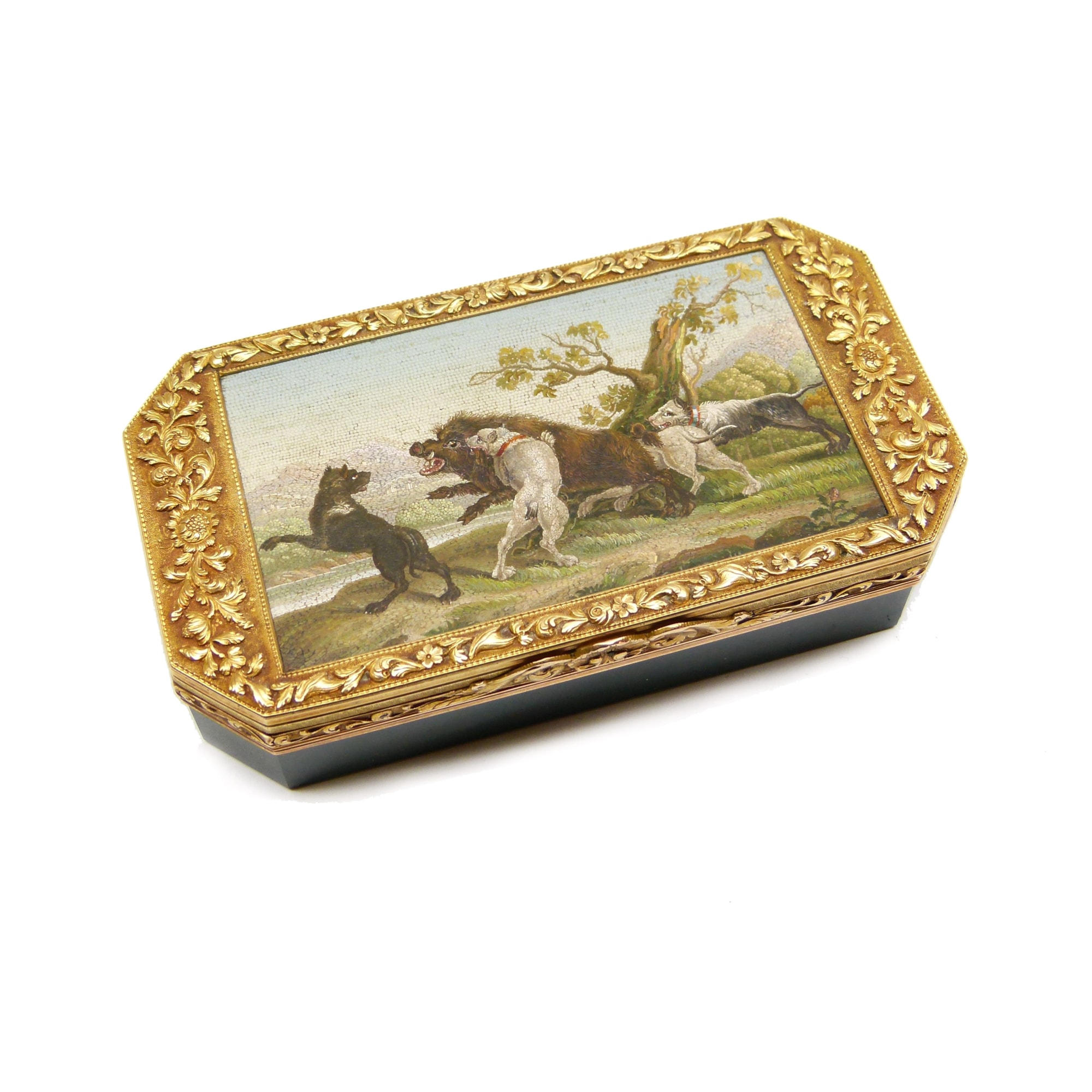
S.J. Phillips
S.J. Phillips Ltd
26 Bruton Street - 2nd Floor
W1J 6QL London
United Kingdom
T +44 20 76 29 62 61
F +44 20 76 91 74 45
E-mail address: shop@sjphillips.com
Registered in:
England & Wales No.10539688

26 Bruton Street - 2nd Floor
W1J 6QL London
United Kingdom
T +44 20 76 29 62 61
F +44 20 76 91 74 45
E-mail address: shop@sjphillips.com
Registered in:
England & Wales No.10539688

S.J. Phillips Ltd
26 Bruton Street - 2nd Floor
W1J 6QL London
T +44 20 76 29 62 61
F +44 20 76 91 74 45
E shop@sjphillips.com
Copyright © 2026. SJ Phillips Ltd. | designed and powered by MasterArt








